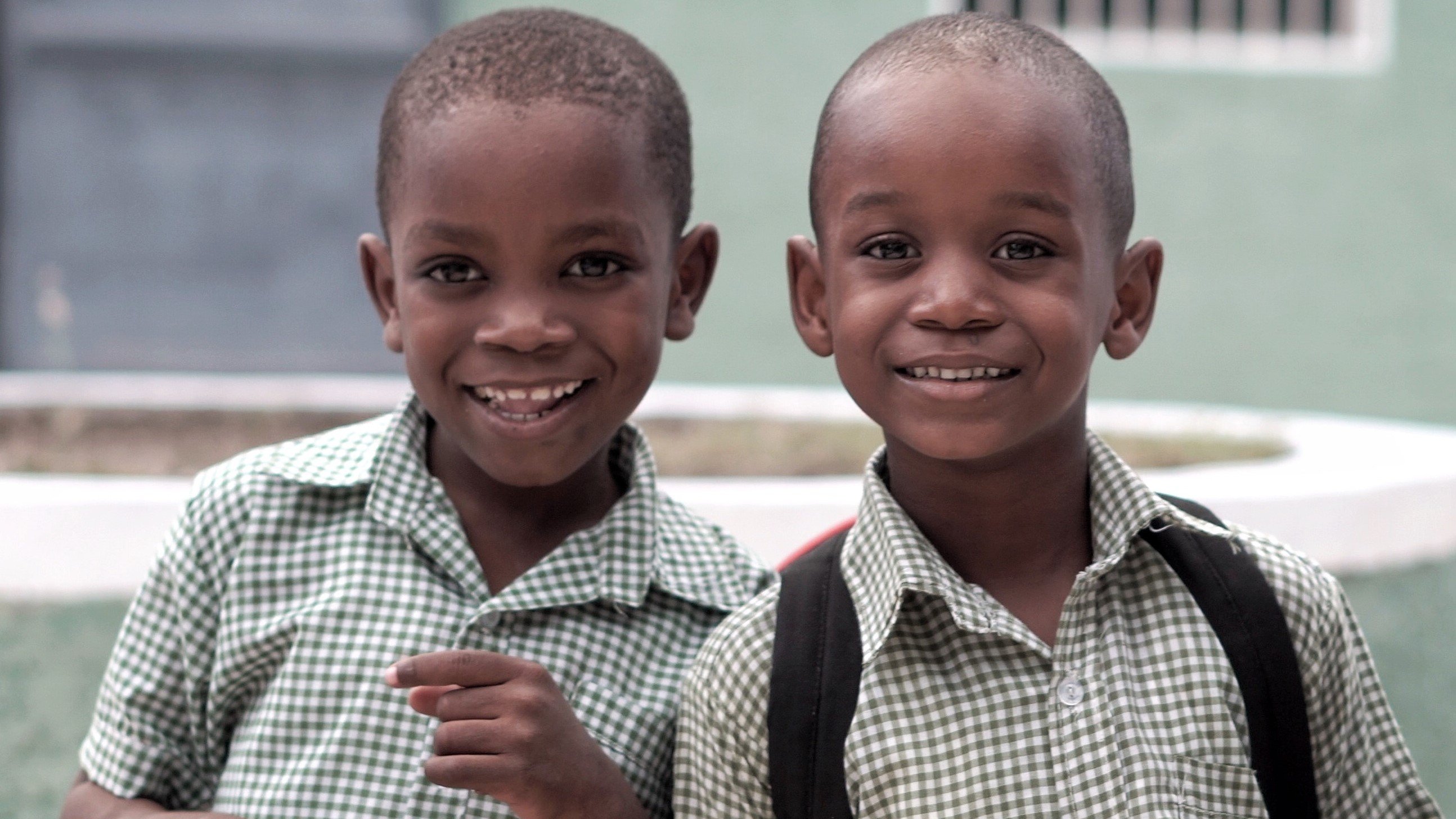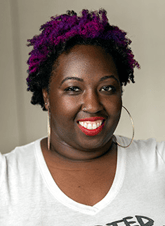
By Janelle Henderson
“I am Curious George by being sneaky and curious.”
After hearing seven-year-old black boy Timothy identify with a monkey during a unit on representation last year, I knew my teaching could never be the same. Timothy’s comment made me realize that although my classroom library was diverse in representing various text sets, interests, and genres and my curriculum centered the blackness of most of the students in the room, I was falling short with representing the varying identities of black boys.
I had no black characters in our humor basket. There were no chapter book series written by a black man or man of color or featuring a black male protagonist. And important for Timothy, there were no books about black boys being silly, sneaky, curious, or mischievous.
I knew I had work to do within my classroom library to ensure black boys saw themselves not just in their race and gender in books but in their intersecting identities, meaning books that represented their race, gender, interests, and/or experiences.
After talking to knowledgeable educators about gaps within my library and buying about fifty books featuring black male protagonists and/or books written by black men, I knew I had to focus on black boy identity within my action research. It became even more important this year as I’m in a classroom of twenty-five third graders, twenty-three identifying as black, two as biracial, and over half identifying as boys. Furthermore, I wanted to target the needs of the most marginalized, misunderstood, and unprotected students in our educational system: black boys. For the next two years, I’ll be looking at the question In what ways do culturally responsive practices impact black boys’ identity and perceptions of school in a third-grade classroom?
…
One way I’ve looked at black boy identity is through launching Black Boy Joy Book Club (BBJBC), a book club for black boys featuring books written by a black man and/or featuring a black boy protagonist. Students have the choice to come to the meetings as they desire. Per students’ request, BBJBC meets twice a month during my hour of planning. Typically, we meet for about thirty-five minutes, and each meeting includes each attendee reading a page of the book, us stopping for any questions or comments about the page we’ve read, and doing an art invitation based on the book. BBJBC has served as a launching point into conversations the students are leading about gender norms for black boys, wealth, effects of racism, and their own experiences with having an incarcerated loved one, among countless others.
I initially intended to provide a safe space for black boys to fully see themselves represented in our book choices. The reality has far exceeded my initial aim.
First of all, I’ve built deeper relationships with my students, beyond what I have done during our normal instructional day. For example, Jayshawn is a student who typically seems disengaged in our shared-reading lessons and who I had a rocky relationship with at the beginning of the school year. However, he’s attended every meeting of BBJBC. Through book club, I’ve witnessed him support emergent readers, pose thoughtful questions about our books, and share his own connections to the books we’re reading. BBJBC has brought out the artistic, vulnerable, thoughtful side of him I don’t see regularly within our instructional day and helped our relationship grow from a challenging one to one of inside jokes and mutual understanding. When asked what he’s learned about himself from BBJBC, Jayshawn responded, “[I learned] that it’s good to read books and share them with people because it helps you to be a better person. And it’s helped me be better.”
Additionally, our meetings have forced me to look at my practices within my instructional day. Reflecting on anecdotal notes taken after the first book club, I realized I was talking too much and answering students’ questions instead of empowering them to answer one another’s questions. I then made an intentional decision moving forward to make my role both within BBJBC and when delivering content in the classroom to be that of a facilitator, guiding through questions more than sharing answers and, in turn, showing them I’m not the only expert in the room.
Most importantly, I’ve seen BBJBC provide an additional safe space for my black boys that they desperately need. School typically doesn’t celebrate black boys in their individuality and complexity, nor does it affirm their blackness. As Wright and Counsell (2018) attest:
When Black boys experience schooling environments where they are not recognized for their strengths and not understood in terms of their needs (which are not necessarily weaknesses), and where their identities are criminalized, adultified, and ignored, they learn the message early that schools do not support, encourage, and care for their overall humanity and development (26).
I wanted our book club to be the exact opposite of the environments Wright and Counsell describe. I wanted my classroom, known affectionately as Room 112, to act as a counternarrative of any negative messages they’d received about school because of their black, male identity and to be a place to fully celebrate who they are.
This is best shown in our reading of From Black Boy with Love II by Lawrence Lindell, a picture book providing messages of love and affirmation from black boys of various shapes and complexions to other black boys. Through this text, we were able to have conversations they initiated about what it means to be a black boy, skin color, how crying is viewed, and if it’s okay to give compliments to each other, known colloquially as “gassing each other up.” Because of what book club is, who it centers, and the norms we’ve cocreated, they understand their questions, their concerns, and their experiences matter and will be addressed, something that’s typically not the case in school for black boys.
As my research unfolds, as I move to expand BBJBC to include more students, I invite you to see how you’re serving the needs of the boys of color in your classroom. How can you move more toward facilitating to ensure more students are included in discussions? What changes can you make in your curriculum to empower the most marginalized students you serve?
Works Cited
Wright, B. L., and S. L. Counsell. 2018. The Brilliance of Black Boys: Cultivating School Success in the Early Grades. New York: Teachers College Press.
 Janelle W. Henderson is an activist who uses her curriculum to expand students’ thoughts on identity and blackness through culturally sustaining critical inquiry. She cares about her students as learners, community members, and as people. She has a robust background in several professional cohorts, including the Professional Dyads and Culturally Relevant Teaching and the Kentucky Reading Project. Janelle is currently a 3rd grade teacher at Mill Creek Leadership Academy in Louisville, KY, where she launched a Black Boy Joy Book Club and Black Girl Magic Book Club for second and third graders.
Janelle W. Henderson is an activist who uses her curriculum to expand students’ thoughts on identity and blackness through culturally sustaining critical inquiry. She cares about her students as learners, community members, and as people. She has a robust background in several professional cohorts, including the Professional Dyads and Culturally Relevant Teaching and the Kentucky Reading Project. Janelle is currently a 3rd grade teacher at Mill Creek Leadership Academy in Louisville, KY, where she launched a Black Boy Joy Book Club and Black Girl Magic Book Club for second and third graders.
Follow Janelle on Twitter @freeyourheart


